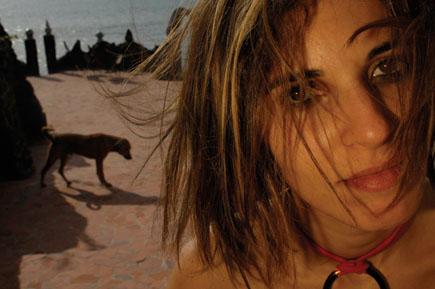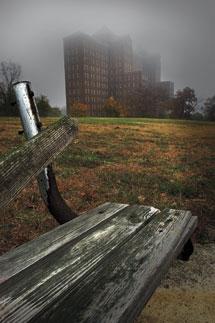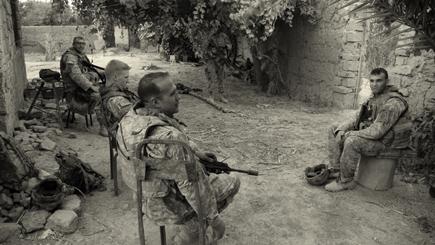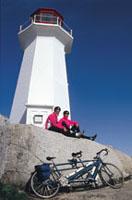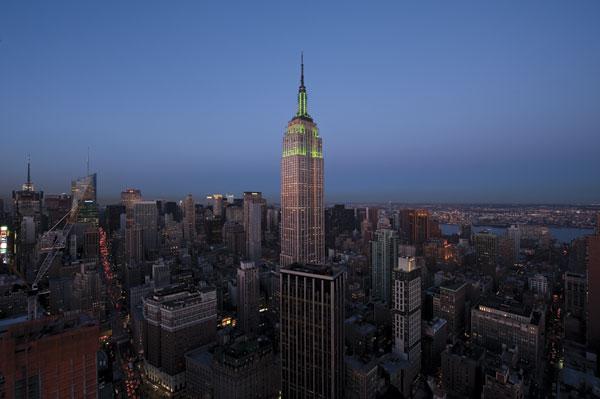Pro Techniques
Sort By: Post DateTitle Publish Date
|
May 28, 2014
|
Jan 01, 2006
|
Mar 27, 2015
|
Oct 01, 2007
|
Apr 01, 2008
|
Apr 01, 2011
|
Jun 23, 2011 |
First Published: May 01, 2011
|
Jun 05, 2014 |
First Published: Apr 01, 2014


